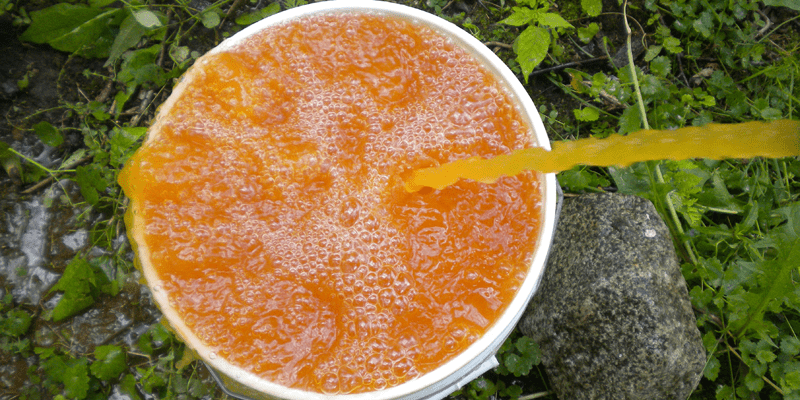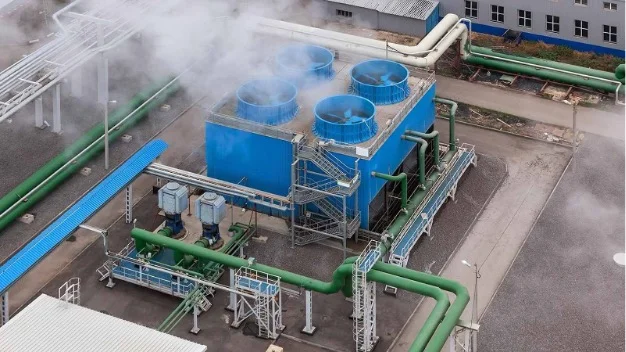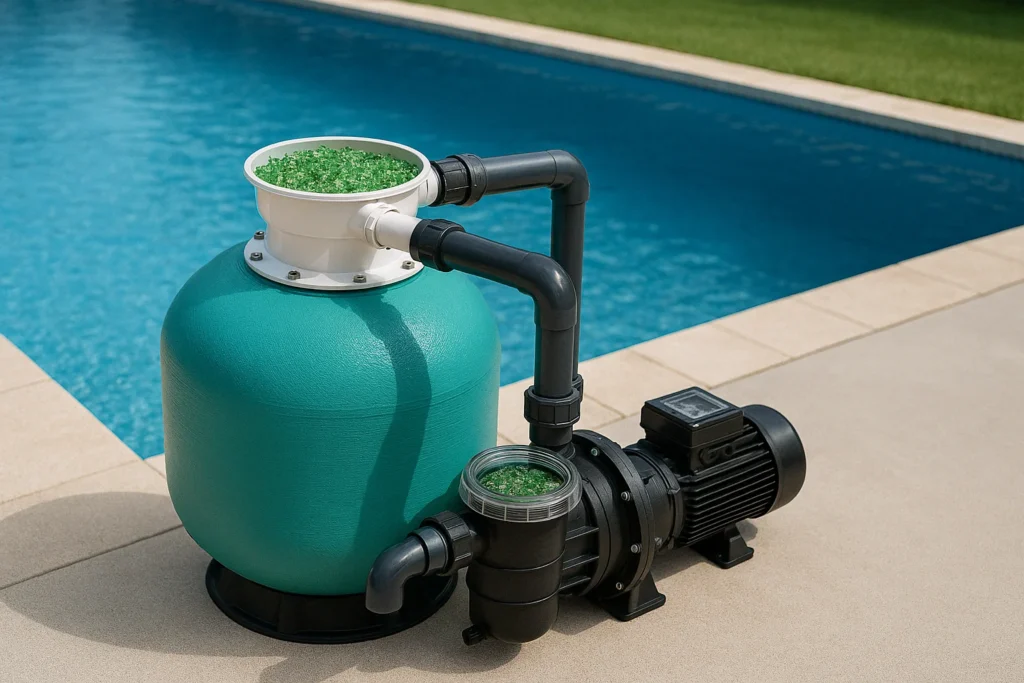
Due to incredible advancements in membrane technologies over the years, RO membranes have become a household name in almost all kinds of water treatment applications. Reverse Osmosis is being increasingly used for various applications such as Zero Liquid Discharge, treating process water, water discharge and even desalination of water.
With so many industrial applications dependent on the efficient operability of these membranes, their protection is of paramount importance. RO Membranes are a huge capital investment which need to be replaced every year or more depending on the application and the quality of water being treated.
Hence, extending the life of these membranes and delaying their replacement for as long as possible is key to saving up on huge costs to the organizations.
Feed Water Pre Treatment
This essentially refers to the precautionary treatment steps taken to treat the RO feed water so as to prevent scaling and fouling. Fouling and scaling are the most serious problems in membrane processes. Conventional pre-treatment methods such as chemical dosing, sand & carbon filters usually do the job, but in some cases where heavy metals like Iron/Manganese and other elements are present, more elaborate systems are required.
Iron Fouling in RO Membranes
Iron fouling is very common. Iron is found in surface/ground and process waters at varying concentrations, usually between 3-4ppm, but sometime as high as 15ppm. Like any fouling, iron fouling causes a performance loss of the membrane system, specifically flux loss. Iron also makes the membrane more susceptible to oxidation damage.
Why remove Iron from RO Inlet water?
- Fouling/Choking of membranes
- Increased cleaning and sterilization costs
- Odour & taste problems
Methods of Iron Removal by Pre-treatment:
There are various pre-treatment technologies in the market which claim to remove colloidal and particulate iron from the inlet water. But there are perhaps two pre-treatment methods which are the most prevalent in the market:
- Chemical precipitation – One highly useful technique in the treatment of water with an alkali such as soda ash to raise the pH of the acid water and chlorine to precipitate the iron. With such treatment, a simple carbon filter can be used to remove the insoluble iron from the water. However, this method has its own drawbacks:
- Added chemical consumption to precipitate the iron out and to raise the pH of the inlet water
- This process creates huge amounts of sludge which is an added headache to dispose off
- Adsorption media/Ion Exchange Resin – Iron is normally considered as a divalent or trivalent cation, hence, it is easily picked up by standard cation exchange resins and adsorption media. Iron removal from water via ion exchange is common in chemical and petrochemical processing, oil refining, semiconductor manufacturing and power utility plants. Iron exchange resin is the more preferred technology as there is no sludge formation and chemical addition. Just the occasional resin/media regeneration/backwashed, and you are all set.
With the importance of RO Membranes in almost all water application ever so clear, it is of paramount importance to use pre-treatment solutions which help companies extend the life of these membranes as much as possible. Ion exchange resins prove be the best option for customers due to its ease of use and no added chemical or sludge concerns.
Get in touch with us at info@purewaterent.net, to know more about our offerings in Ion exchange resins!





